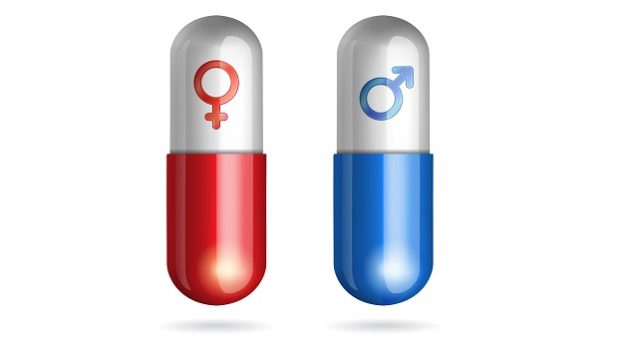
The influence of gender on clinical outcomes following trauma was first observed in 1975, with males being more prone to systemic infections. This was followed by similar clinical reports involving several thousand trauma patients, concluding that females are more resistant to developing complications and demonstrate higher survival rates following injury. Interestingly, opposite observations (1,2,3) were reported following burn injury where female patients were more prone to adverse outcomes.
These reports of gender influencing outcomes and prognosis following trauma gained the interest of the clinical and scientific communities, both of which attempted to prospectively study the effect of gender on various outcomes of injured patients and the physiological basis behind it.
Such studies proved difficult due to factors such as number of trauma patients, injury severity, triaging, clinical care protocols and speed in initiating treatment. Therefore, deriving concrete conclusions proved challenging. As a result, scientists had to create better controlled environments and resorted to animal models to physiological explain the phenomenon.
Therapeutic potential of sex steroid hormones
Supplementation of sex steroid hormones may offer a novel, safe and effective treatment improving outcomes of burn and trauma patients.
Both clinical and scientific studies have pointed towards sex steroid hormones as the possible driving force behind the influence of gender on prognosis following injury. Estradiol and progesterone (more prevalent in females) and testosterone (more prevalent in males) have been shown to differentially affect systemic immuno-inflammatory response, as well as influence organ physiology and function through various direct and indirect mechanisms. Consequently, to improve outcomes following burn and trauma, the therapeutic potential of sex steroid hormones has gained interest.
Oxandrolone is an anabolic androgenic steroid derived from testosterone, and is approved by the FDA for weight restitution following extensive surgery or trauma. Oxandrolone has shown to reduce catabolic responses following severe injuries improving growth rates, reducing weight loss, improve healing times and shortening hospital stay.
There are other sex steroid hormones based therapeutics including dehydroepiandrosterone (DHEA) and androgen receptor antagonists (ARA) such flutamide. Although, DHEA and ARA have been used in clinical settings, no clinical intervention has investigated their use following burn and trauma.
An article recently published in Burns & Trauma discusses the potential role of sex steroid hormones in explaining post-injury pathology as well as the potential novel treatment strategies targeting endocrine response.
Sex steroid hormones have demonstrated potential in supporting physiological homeostatic measures by modulating various processes including systemic immuno-inflammatory responses and organ functions following injury. Supplementation of sex steroid hormones may offer a novel, safe and effective treatment improving outcomes of burn and trauma patients.
Comments